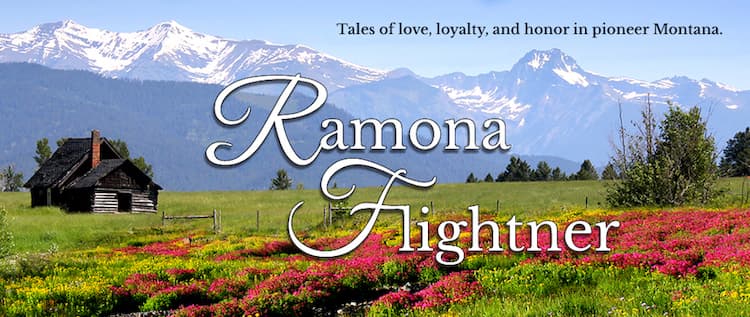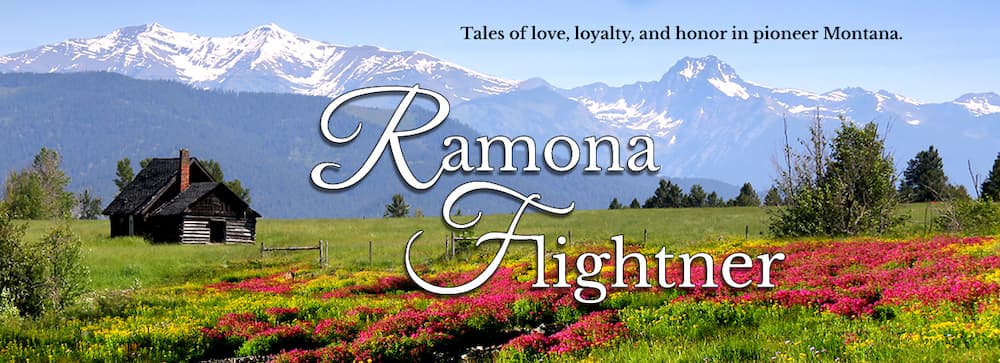It was with a sinking heart that I read that the ghost town of Bannack had been damaged recently in a flash flood with up to 80% of all buildings suffering some form of damage. I dreaded looking at the photos and seeing the river of water rushing down the main street, destroying everything in its path. As I looked at the pictures, I feared that a part of Montana history had been lost. Bannack was Montana’s first territorial capital and the site of Montana’s first gold rush in 1862. Gold diggers and shopkeepers arrived and soon a small town had sprouted up with nearly 10,000 living in the narrow canyon in its heydey. Saloons, bakeries, blacksmiths and hotels vied for prosperity, although it proved fleeting. Infamy came in the form of its sheriff, Henry Plummer who ran a gang of thieves. He and a few of his men were hanged as an example, while others were advised to leave the territory and never return. The Plummer gang gave rise to the existence of the Vigilance Committee, a fancy word for the Montana Vigilantes. As a girl, I sat riveted as I listened to the stories of the early days of Montana history, imagining the wild towns and adventurous people who dared to travel and attempt to survive in such a place.
I love Bannack. I remember going to Bannack as a girl, wandering the ghost town, letting my imagination run wild as I explored the preserved buildings. I imagined all sorts of fanciful tales, envisioning the doctor’s life, life at the saloon, the hotel, and the bakery. I know I never envisioned it accurately, always with a romantic tint, but my imagination was alive with what could have been. Now that I am older, and have visited again, I realize that Bannack was a wild enough place that real tales sufficed to entertain and fascinate. I remember stopping in for Bannack Days when my dad and I did a crazy Saturday drive around Southwest Montana, driving hundreds of miles for the fun of it. I was cramming for my anatomy and physiology final, frantically trying to memorize all the muscles in the body, and my dad sat next to me quizzing me as I drove. Bannack provided a wonderful respite and allowed my imagination to run wild again. I had not yet allowed myself to dream of writing, although my thirst for learning more about history and about Montana was ever present.
I will remember Bannack as I last saw it. We visited a few years ago when we drove from Ennis, Montana to Sula. I remember walking slowly up and down each side of the street, visiting the houses, the hotel, saloon, schoolhouse, doctor’s house. The jail intrigued me in a morbid way because its lone window looked toward the gallows. I stood outside the school, glancing up and down the street at the one and two story buildings. A gentle breeze blew, rustling the leaves of a few cottonwoods, the arid earth parched to a burnished gold, and I wondered how the townspeople had eked out a living here. I will hope that they can repair some of the damage. I will hope that my memories of Bannack will not have to suffice and that I will one day be able to explore it again.












